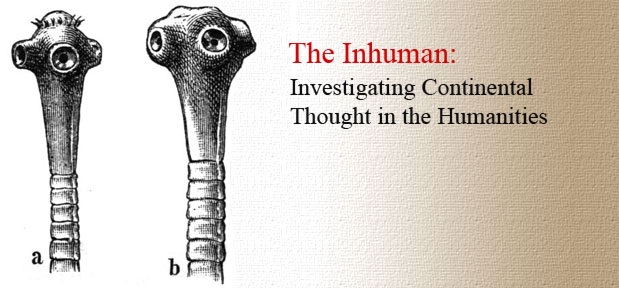POSTHUMAN REVISIONS OF ORGANIC FORM IN POETRY
DOI:
https://doi.org/10.25071/1718-4657.36730Abstract
What does the posthuman have to do with contemporary revisions of organic form in poetry? Do these revisions of organic form have anything to offer to posthumanist theory? Given that literary organicism, in its most familiar Romantic and New Critical forms, evokes holism, aesthetic closure, and the humanizing function of poetry, this pairing seems an unlikely one. Donna Haraway, in the well-known “Cyborg Manifesto” that launched one strand of posthumanism, sees political promise in the cyborg precisely because it escapes the naturalizing logic of organic tropes: “The cyborg skips the step of original unity, of identification with nature . . . The cyborg would not recognize the Garden of Eden; it is not made of mud and cannot dream of returning to dust” (Haraway1991, 51). But can decay figure otherwise than as a reactionary reinscription of origins? I argue that Jed Rasula and Frank Bidart, from two disparate poetic lineages, both use figures of decay—even posthumous decay—to revise literary organicism.Published
2008-10-04
How to Cite
Niemann, M. (2008). POSTHUMAN REVISIONS OF ORGANIC FORM IN POETRY. ETopia. https://doi.org/10.25071/1718-4657.36730
Issue
Section
Articles

